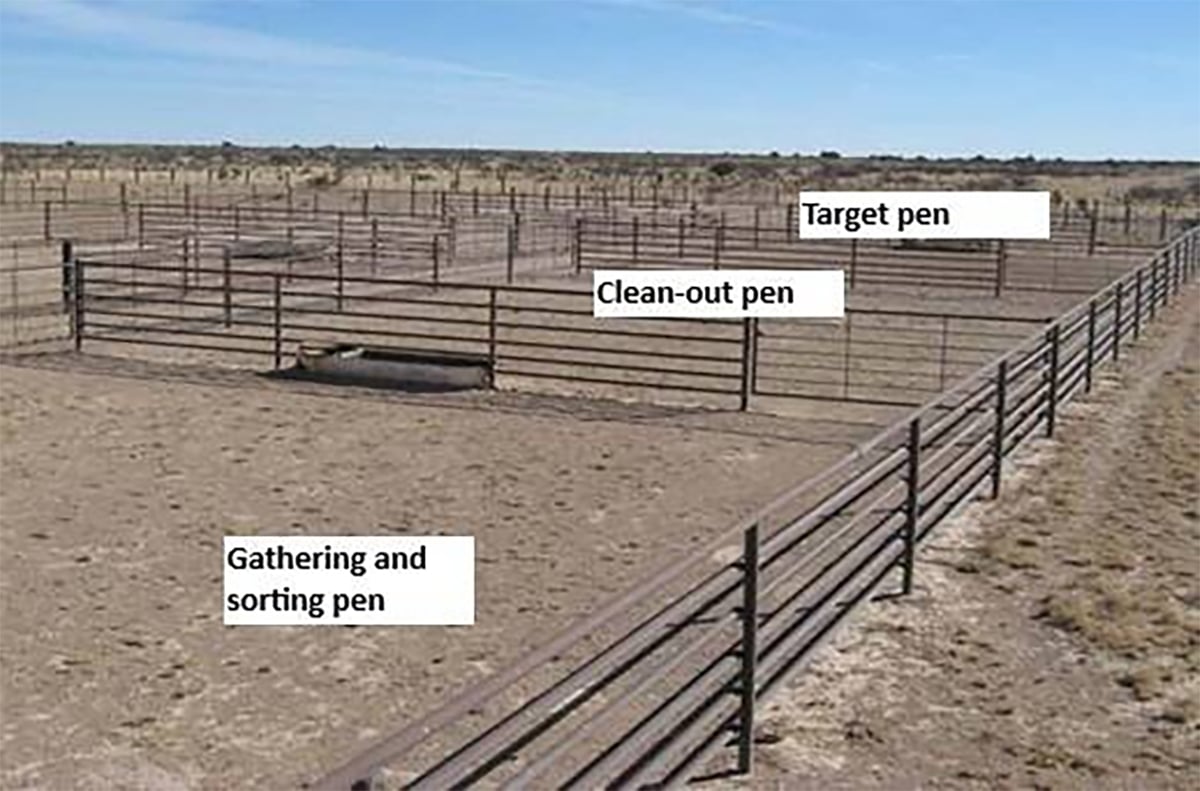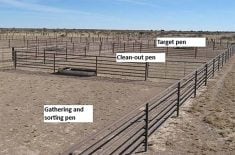Health Canada is looking at the connection between antibiotic use in humans and animal production and the potential development of resistance.
However, until health officials can determine where superbugs come from, no action will be taken to remove veterinary drugs from the shelf.
“We’re not in a position to say we are pulling this or yanking that,” said a Health Canada veterinarian who is co-ordinating an antimicrobial resistance project.
“Ultimately, we need the science to support any change in policy,” said Rebecca Irwin.
Read Also

Teamwork and well-designed handling systems part of safely working cattle
When moving cattle, the safety of handlers, their team and their animals all boils down to three things: the cattle, the handling system and the behaviour of the team.
“The strategy we’re following is to develop a consultative process with industry stakeholders to try and identify where current-use practice is in Canada.”
Last year a national conference looked at controlling resistance problems. One of the recommendations was to establish a national surveillance system for antimicrobial resistance in the agricultural sector.
There is scientific evidence demonstrating that antibiotic use in food production will lead to the development of resistance farther down the line. Studies have found farm workers and farm families may be carrying the resistant bugs but are not necessarily becoming ill, said Irwin.
In addition, the department is initiating some research projects to look at the prevalence of resistance in certain food-borne organisms like strains of salmonella, E. coli and campylobacters.
They also want to teach people that instead of expecting drugs to cure an infection, they need to remember proper kitchen hygiene and cooking methods are still the best control of salmonella or E. coli: O157 H7.
When these bugs show up, traceback is difficult because people are consuming food from all over the world.
Irwin praised programs like the swine industry’s quality assurance programs and beef’s national identification programs to trace possible health problems. These initiatives help determine the extent of drug use and can provide information on what is being used. They can also help producers develop guidelines on what should and shouldn’t be used.
Further investigation has also been requested by the Alberta Cattle Commission.
Working with the Canadian Bacterial Diseases Network, proposals for research will look at the impact of antimicrobial use in animals and the agrifood industry as well as the impact of antimicrobial resistance.
“The first thing we have to do is get a handle on how widespread the use is,” said Don Woods of the faculty of medicine at the University of Calgary, a network member. This network consists of centres of excellence across the country established in 1990.
The study is looking at the cattle industry and similar studies are being initiated by the swine industry.
“I’m enthusiastic about it because the cattle commission has agreed it will live with the result. They’ll try to develop policies to live with it,” said Woods.















